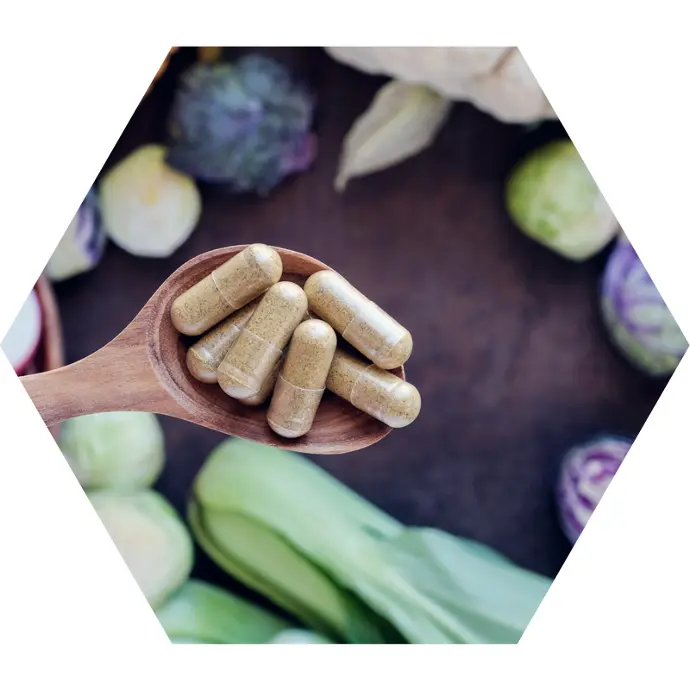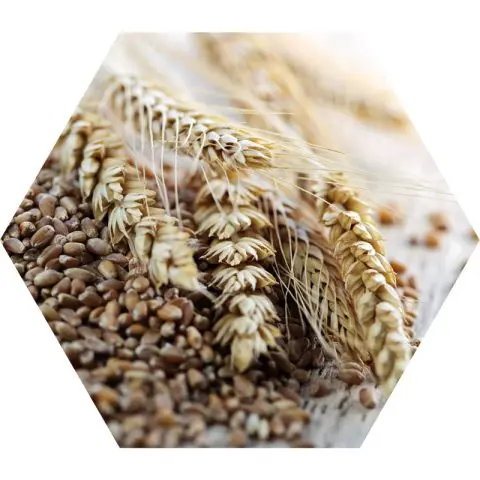accroma Applications
Pharmaceuticals
In pharmaceutical development and manufacturing, solids are omnipresent and appear in processes as starting materials, intermediates, and as final products. A pharmaceutical drug appears in various formulations such as tablets, capsules,
creams, suppositories, powders, suspensions, transdermal patches and more. Content, purity, and stability need to be tested in drug development and post-market surveillance.
 Content Uniformity / Uniformity of dosage units
Content Uniformity / Uniformity of dosage units
 Assay
Assay
 Stability studies – testing
Stability studies – testing
 Blend Uniformity
Blend Uniformity
 Impurities
Impurities
 Swab tests (in cleaning validation)
Swab tests (in cleaning validation)
Chemical analysis in the pharmaceutical industry is highly regulated. Therefore, human errors during sample preparation not only lead to incorrect results but also to costly investigations, documentation and quarantined products. In addition to all the other benefits, out-of-specification (OOS) events can be reduced.
Dietary Supplements Herbal Medicines
Dietary supplements and herbal medicinal products are often made from plant based starting materials and are often formulated as capsules or tablets. Therefore, they have the same sample preparation challenges as pharmaceutical products. Naturally occurring contaminants such as pesticides, pyrrolozidine alkaloids need to be analyzed.
 Content
Content
 Impurities
Impurities
 Stability studies – testing
Stability studies – testing
 Swab tests (in cleaning validation)
Swab tests (in cleaning validation)
Chemical analyses of starting materials, intermediates and final products are performed. The matrix in plant-based samples is very demanding, which is why sample preparation takes on a particularly important role. Therefore, it is important to standardize sample preparation through automation to reduce variability.
Cosmetics
Cosmetic products are manufactured and used in various formulations such as creams, gels, lotions, etc.. They contain various compounds that are responsible for an effect, the smell or for preserving a product. Their contents are quality attributes, which are chemically analyzed during formulation and manufacturing. Due to their properties, they are referred as semi-solid substances.
 Raw material testing
Raw material testing
 Quality control of final products
Quality control of final products
These often sticky and highly viscous samples are demanding and time consuming in sample preparation. It is important to extract the analytes efficiently and completely without carryover and sample loss, which is possible on the accroma system
Food Safety
Harmful chemical substances in food can lead to serious diseases in animals and humans. Food safety laboratories are responsible for the detection and quantification of known substances. Sample preparation for food samples is challenging because residues and contaminants must be measured at a high matrix and trace level. Therefore, sample preparation methods are long and time consuming.
 Analysis of contaminants in vegetables/fruit
Analysis of contaminants in vegetables/fruit
 Veterinary drugs in meat/fish
Veterinary drugs in meat/fish
The QuEChERS workflow is a general sample preparation workflow for pesticides in food. The standardized AOAC and EU CEN 15662 methods can be fully automated on the accroma system, including extraction and purification. This saves a lot of time and increases the productivity of your laboratory.
Agriculture
To identify and monitor influences on the environment, samples from soil, water, plants and the air are chemically analyzed. In addition, during the development of plant protection products, the influence and distribution of the products on the plants is investigated.
 Distribution of pesticides in plants
Distribution of pesticides in plants
 Quality control of plant protection products
Quality control of plant protection products
 Composition and contaminants in soil, plant and air samples (aerosols in filters)
Composition and contaminants in soil, plant and air samples (aerosols in filters)
Depending on the substances to be analyzed, the samples are processed differently. Determining the composition of a sample involves several sample preparations. Since the matrix in natural samples often interferes with the analysis, it must be removed during sample preparation. The long sample preparation methods can be conveniently automated with the accroma system.
Join the Future
Experts and laboratory specialists agree that the laboratory of the future is completely automated and digitized. However, this is easier said than done. Automating sample preparation of solid and semi-solid samples is challenging and was one of the missing pieces to make the Lab 4.0 possible. Other efforts are aimed at bringing the lab in a box directly to the process to enable real time release.






